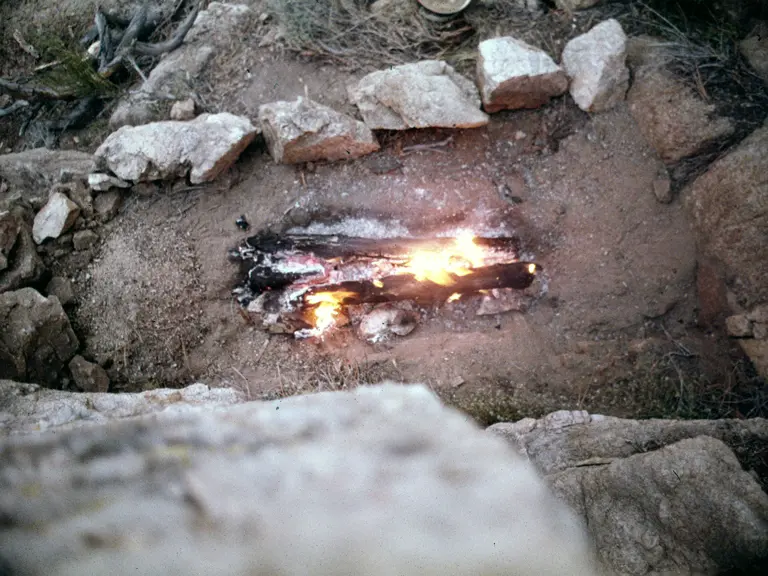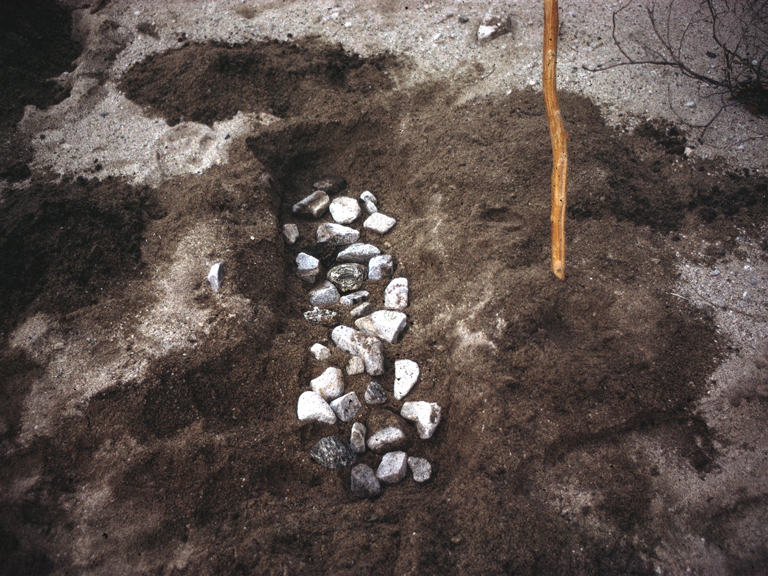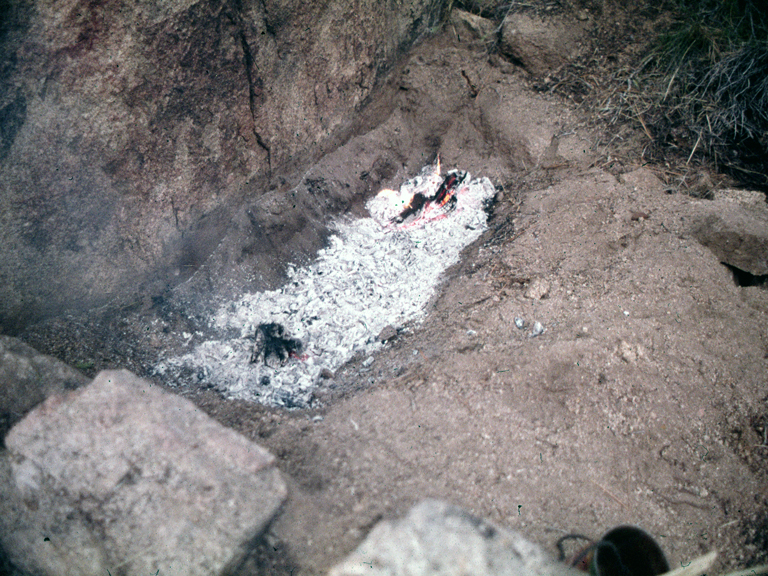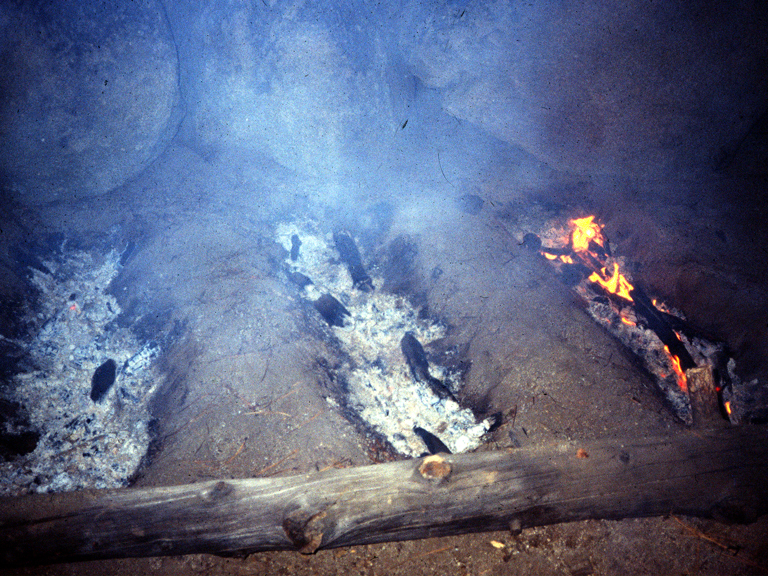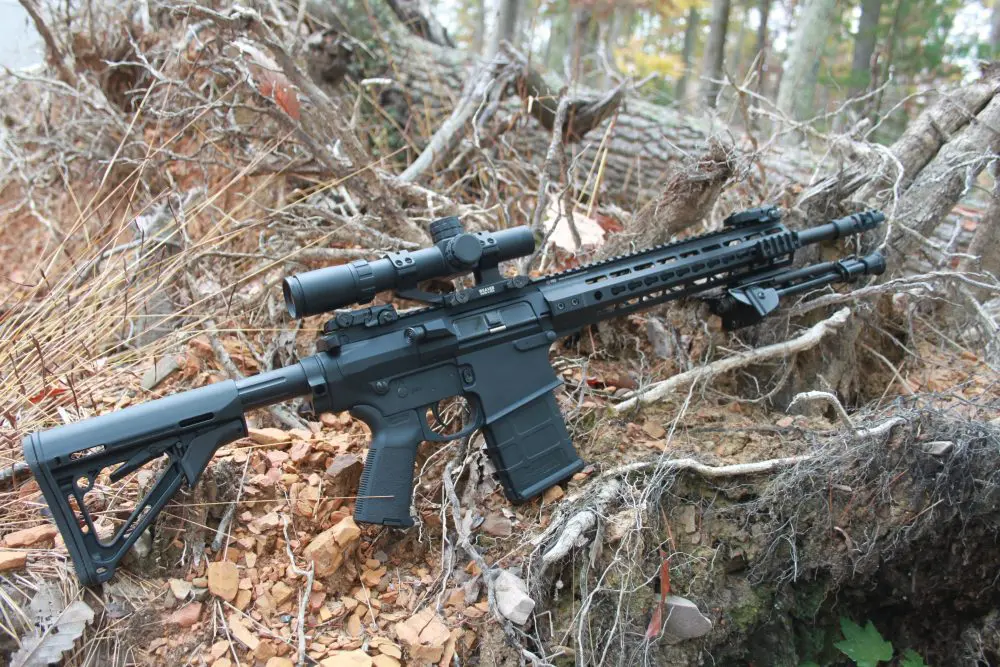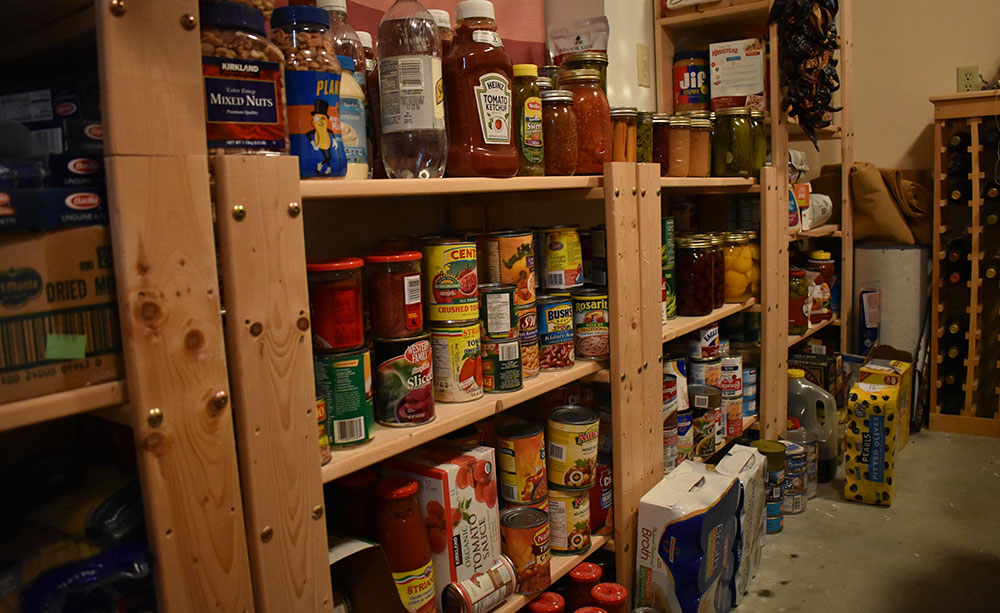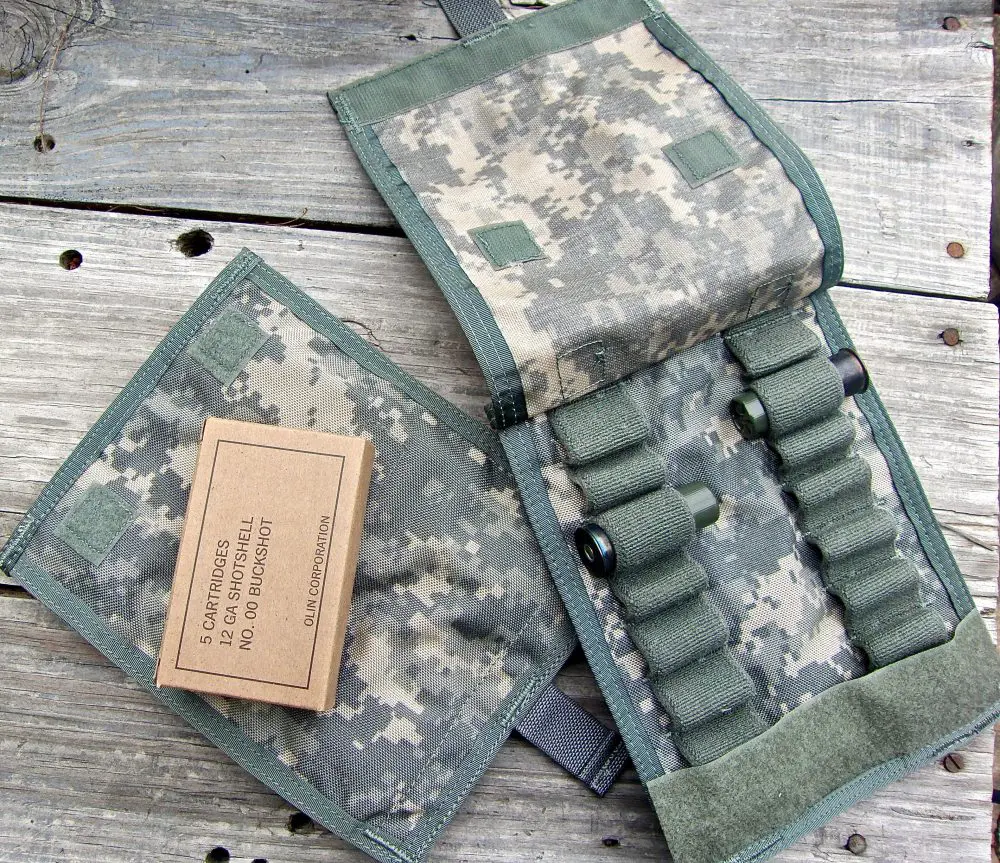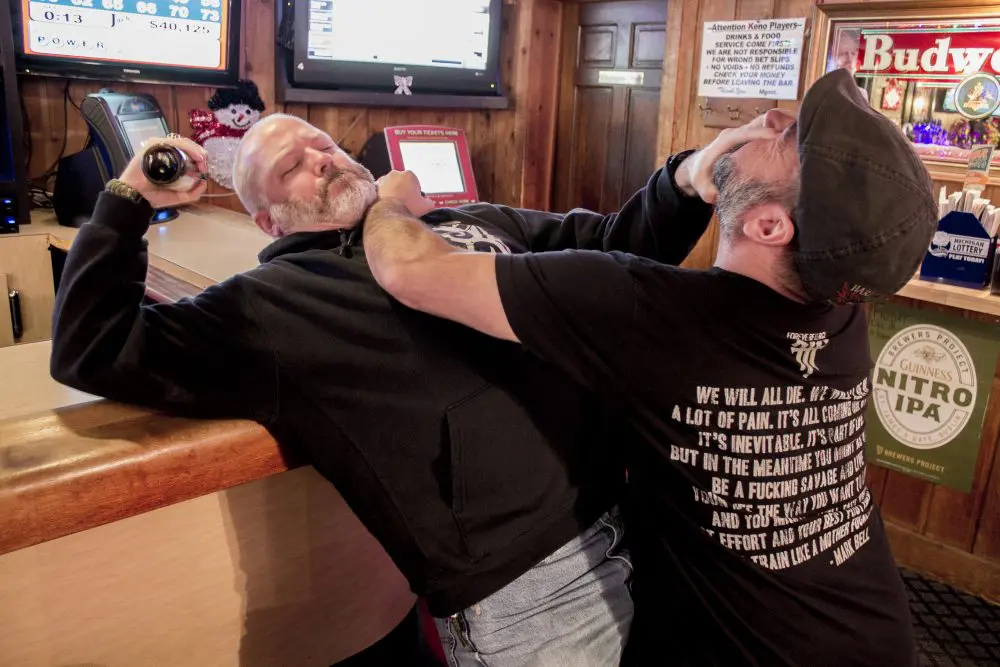The temperature was starting to drop as I spotted my makeshift rock shelter on the side of the Sultanagac Dagi Mountain of north central Turkey. This nasty mountain area was going to be the site of our weeklong survival training exercise with Turkish troops. It wasn’t my idea to be there. The semi-sentient commanding officer of TUSLOG thought that it would be a great idea for me to wander around the mountains, half-naked, with a bunch of heart-eating Turk troops.
Two days into the exercise the weather had started to turn cold. Air sweeping south across the Black Sea from Russia was carrying a million goose pimples and ten thousand shivers for our little group. As the temperature dropped, we searched for a sheltered place to rest for the night. I found a little sandy area just under a large granite overhang on the side of a hill. I started to dig a trench.
Not far away the Turks were busy starting their fire for warmth. Already huddling in their wool blankets, I could tell that they were feeling the first nibbles of the cold bite coming. They looked up at me as I dug my trench. Let’s see… six feet long, one foot wide and eight inches deep.
The Turks lit up their Bafra cigarettes and the rancid odor of cheap tobacco mixed with cow manure hit my nostrils. I sniffed my armpits to hide the smell. Ahhhh… The dirt in the trench was dry and protected from rain by the rock overhang above. I heard one of the Askari laugh. He said something like “The American is digging his grave—the Sultanagac is too tough for him”. “Bite me, Turk crap smoker,” I thought. The trench was ready now.
I searched around for rocks. The rocks should be about fist sized and dry. Stream stones are no good, too much moisture in them. When they get hot, the water inside builds up steam and the stones may blow throwing shards in every direction. I found some dry stones and dragged a small blanket full over to my trench. One by one I placed the stones in the bottom of the trench. Not too close together, just about an inch or so apart. Just enough rocks to line the bottom of the trench. Now the Turks were howling with laughter. “First he digs a grave, now he puts rocks in it! Crazy!” They put more wood on their fire and turned back to boiling their hot tea.
I carried a pile of wood down to my trench, dug some tinder from my fire bag and started a fire in the pit. I began to add wood. The fire needs to burn evenly down the length of the pit at a height that will burn hot with flame, but not too high. Foot-high flames are good. The Turks were quiet now. It was dark. They were huddling closer together. Occasionally one would look over at me wondering what I was up to. I could see the firelight reflect from their dark eyes. I looked up at the sky, it was clear and cold. The Big Dipper was visible. I noted the position of the pointer stars. These are like a giant hour hand in the sky. The hand makes one full sweep, counter clockwise, every twenty-four hours. It will move through fifteen degrees of arc every hour. I needed to have that fire burn for thirty degrees of time—two hours. I marked the position of the stars with my hand and settled in to tend the fire.
As the fire burned I knocked the coals down until there was an even bed of red hot ash glowing softly in the pit. I heard one of the Turks say something like “Now he thinks he’s going to roast a pig”. Almost like roasting a pig, my stinky friend.
The two hours were up. I pushed dirt into the hole, right onto the coals. The fire went out. My area had been toasty while the fire was going, now it got cold—fast. The freezing Turks were shocked. It was hard enough for them to accept the fact that I’d dug a grave, put rocks in it, burned a fire in a place where no one could sit to enjoy the fire. Now I was covering the fire with dirt!
My throat was dry. I grabbed my canteen, which was hanging from a nearby tree, to get a drink and found that the water was already frozen! It was only about 2030 hrs. This was going to be a cold night.
I put four inches of dirt on top of the fire. Now it was time to stamp the ground down until it was firm and covered the trench evenly. I moved in under the overhang. The overhead rocks had absorbed heat from the fire and kept the area below nice and toasty. The ground on the trench was still cool, but it wouldn’t stay that way for long. Within an hour or so, heat from below would make its way through the soil to the surface where I was laying. This heat would join the heat from the overhang and I would have my firebed. I went out into the cold for a moment to grab a few armloads of pine needles. These were spread out on the bed area. I laid my poncho on the needles. I crawled onto the poncho, which would keep moisture from the earth from condensing on my body, and covered up with the blanket. I was at home in my little heated cave.
The Turks added wood to their fire for hours that night. As it became colder, they drifted up to check out my shelter. Reflected light from their fire revealed my secrets. After this cold night, they too would be digging “graves” before the night, so they could survive the cold, in comfort, on a firebed.
There are many little things that go into making a firebed properly. Most of these tips and techniques are covered in the Woodsmaster Volume 2 Video, Principles of Outdoor Survival Shelters. This one-hour video covers survival priorities, heat loss mechanisms, the firebed and a host of other little wilderness tricks and techniques.
[Ron Hood received his early survival training as a member of the Army Security Agency. Ron taught accredited classes in Wilderness Skills at two universities for more than twenty years, and authored numerous articles for national magazines. Ron spends much of his time learning, practicing and studying wilderness and survival skills with native populations around the world. He can be reached through www.survival.com.]
